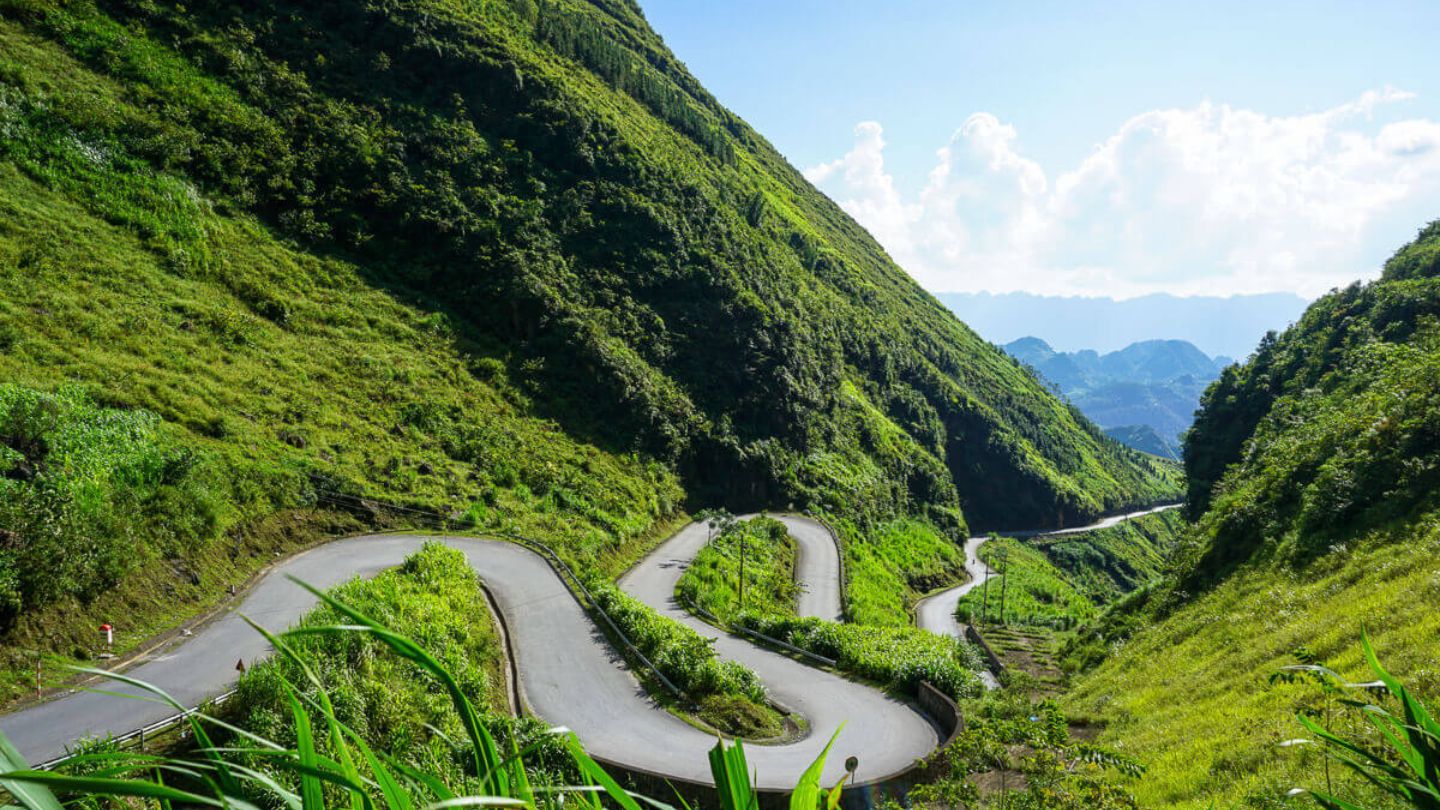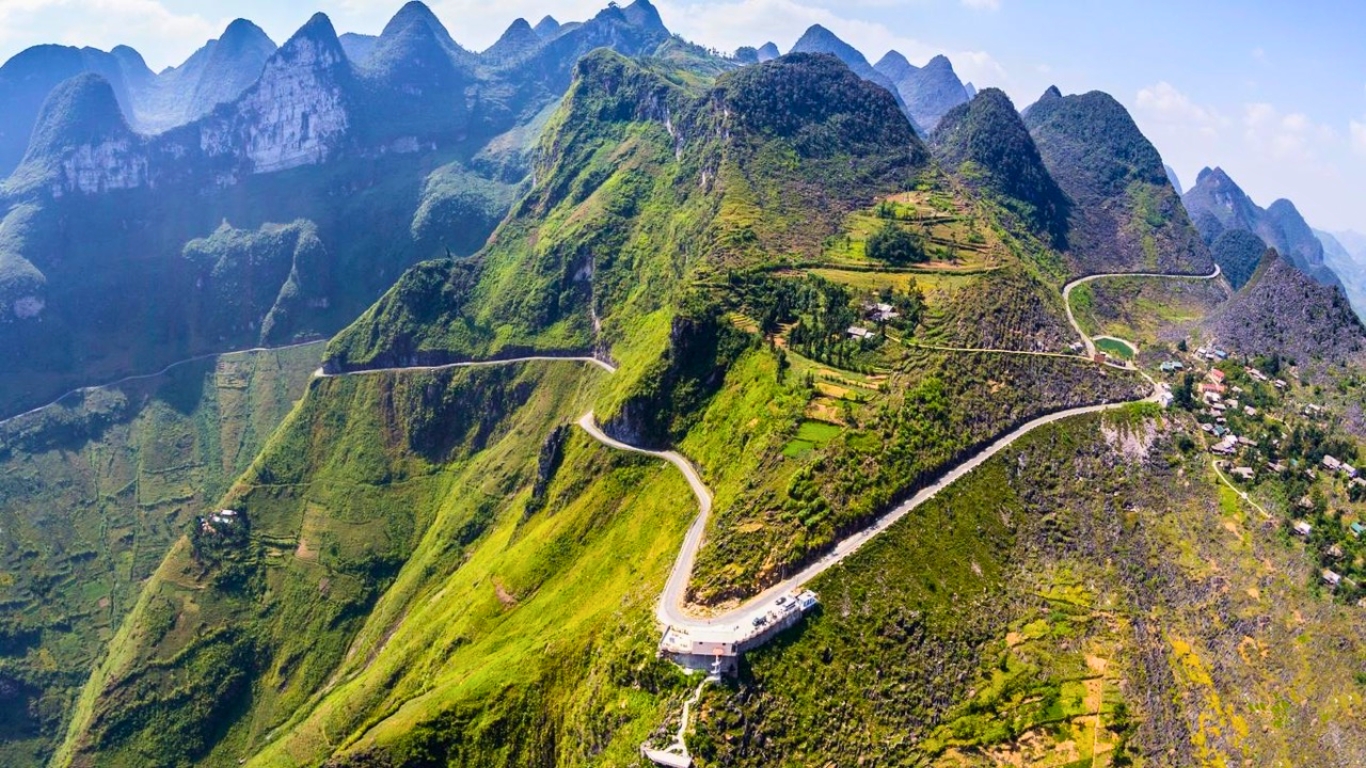How to handle rainy weather on the Ha Giang loop
The Ha Giang Loop is an exhilarating motorbike journey through Vietnam’s northernmost mountains. However, the region’s unpredictable weather can turn an adventure into a challenge, especially during the rainy season. Understanding how Ha Giang Loop weather affects road conditions and preparing for wet conditions can make your ride safer and more enjoyable. Whether you’re a seasoned motorbiker or a first-time traveler, these tips will help you navigate the loop with confidence, even in the rain.
Understanding Ha Giang Loop Weather Patterns
Ha Giang’s climate varies throughout the year, with distinct dry and rainy seasons. The rainy season typically lasts from May to September, bringing heavy downpours and occasional landslides. While these months showcase lush green landscapes, they also make Ha Giang Loop motorbike routes slippery and more difficult to navigate. October to April, on the other hand, offers drier and more stable conditions. Knowing what to expect from the weather allows you to plan your trip accordingly and take necessary precautions.

Choosing the Right Gear for Rainy Conditions
Riding in the rain requires proper gear to ensure comfort and safety. Investing in high-quality waterproof equipment can make all the difference on your journey.
-
Waterproof Jacket & Pants: A good rainproof set will keep you dry and warm during long rides in the rain.
-
Non-Slip Gloves: Wet handlebars can make controlling your motorbike challenging, so waterproof gloves with a firm grip are essential.
-
Durable Rain Boots: Waterproof boots or shoe covers will protect your feet from getting soaked.
-
Anti-Fog Helmet with a Visor: Clear visibility is crucial when riding in the rain. A full-face helmet with an anti-fog visor helps prevent water from obstructing your view.
-
Waterproof Backpack or Cover: Keep your valuables dry by using waterproof covers for your bag and motorbike seat.
Adjusting Riding Techniques for Wet Roads
Wet and slippery roads on the Ha Giang Loop require extra caution. Adjusting your riding technique will help you maintain control and avoid accidents.
-
Reduce Speed: Slower speeds provide more reaction time, reducing the risk of skidding.
-
Use Both Brakes Gently: Avoid sudden braking, especially with the front brake, as it can cause the bike to slide. Apply gentle and balanced pressure on both brakes.
-
Avoid Puddles and Muddy Patches: Water can hide deep potholes, and mud can cause tires to lose traction.
-
Stay in the Tire Tracks of Other Vehicles: These tracks tend to be drier and offer more stability.
-
Be Extra Careful on Downhill Roads: The steep descents on the Ha Giang Loop can be treacherous in the rain, so use engine braking and lower gears to control speed.

Knowing Where to Take Shelter
When heavy rain strikes, finding a safe place to wait it out is a smart decision. The Ha Giang Loop is dotted with small villages, roadside shops, and cafés where you can take cover. If rain persists, consider staying overnight at a comfortable hostel in Ha Giang before continuing your journey. Booking a place in advance ensures that you have a dry and warm spot to rest if the weather worsens.
Checking Ha Giang Loop Weather Before and During the Ride
Before setting off, always check the weather forecast to anticipate rain. Several apps and websites provide up-to-date information on Ha Giang Loop weather, helping you determine the best time to ride. If storms are predicted, it may be wise to delay your trip or adjust your route. Additionally, keeping an eye on the sky while riding can alert you to incoming weather changes.
Preparing Your Ha Giang Loop Motorbike for Rainy Conditions
A well-maintained motorbike is essential for handling wet roads safely. Before embarking on your ride, make sure your bike is in top condition.
-
Check Tire Tread and Pressure: Worn-out tires lose traction more easily on wet surfaces.
-
Ensure Brakes Are Responsive: Reliable brakes are crucial for safe downhill riding in the rain.
-
Test Headlights and Signal Lights: Rainy conditions often reduce visibility, so functioning lights help other road users see you.
-
Use a Mudguard: A mudguard prevents water and mud from splashing onto your face and clothing.

Staying Safe and Enjoying the Adventure
While rainy weather adds challenges to the Ha Giang Loop, it also brings out the region’s dramatic beauty. Mist-covered mountains, vibrant green rice fields, and cascading waterfalls make for breathtaking views. With the right preparation, you can still enjoy the journey while staying safe. Whether you choose to brave the rain or wait it out at a hostel in Ha Giang, embracing the experience with flexibility will make your adventure even more memorable.
Conclusion
Handling rainy weather on the Ha Giang Loop requires proper planning, the right gear, and cautious riding techniques. By checking Ha Giang Loop weather forecasts, adjusting your motorbike setup, and knowing when to take shelter, you can navigate the region safely even during the wet season. Rain may add some challenges, but it also enhances the beauty of Vietnam’s northern highlands, making your journey an unforgettable experience.
